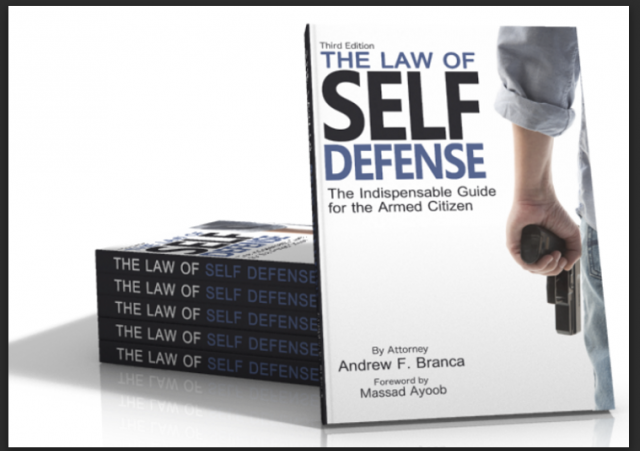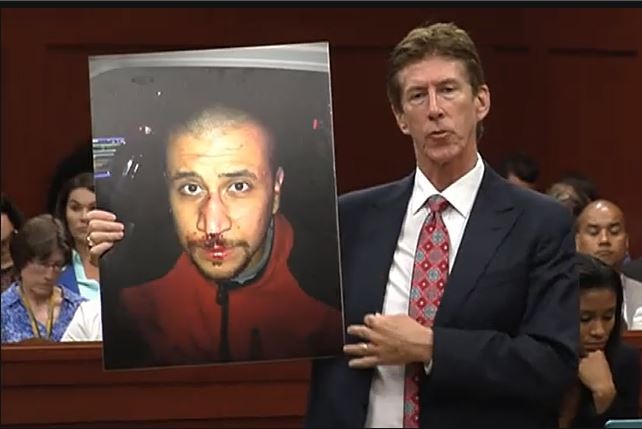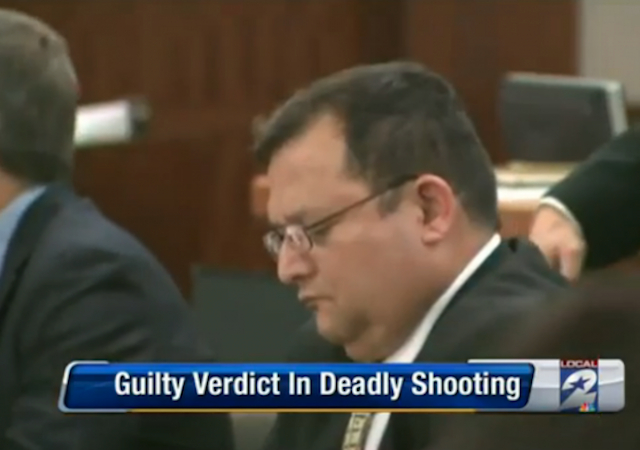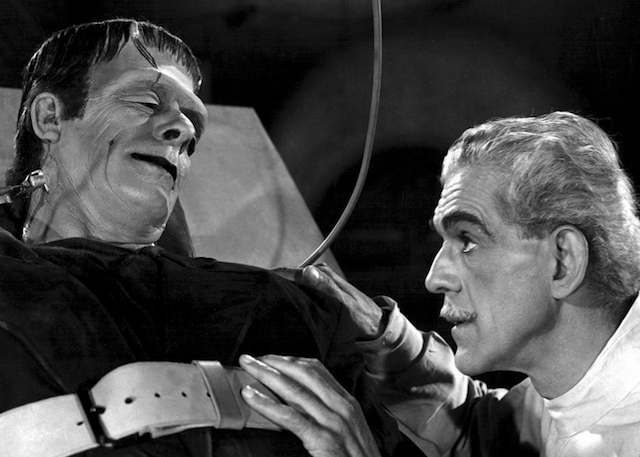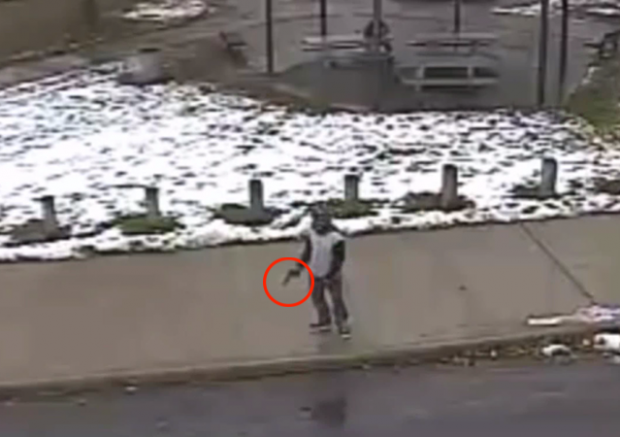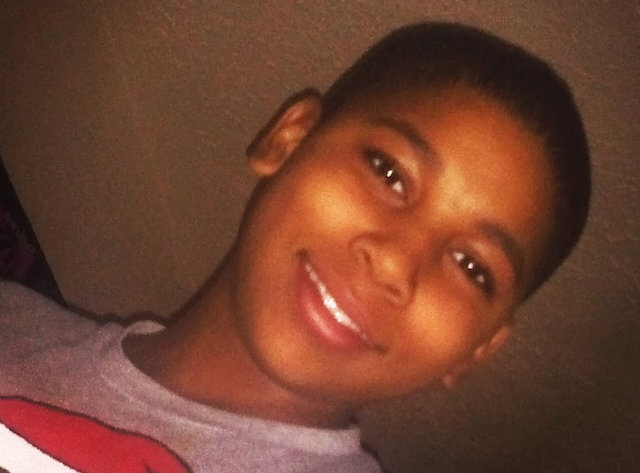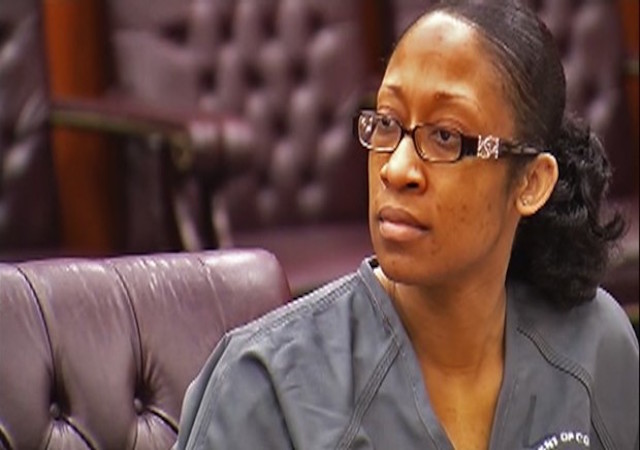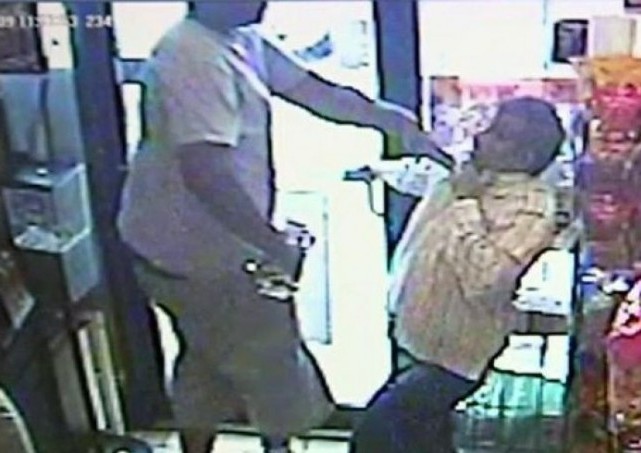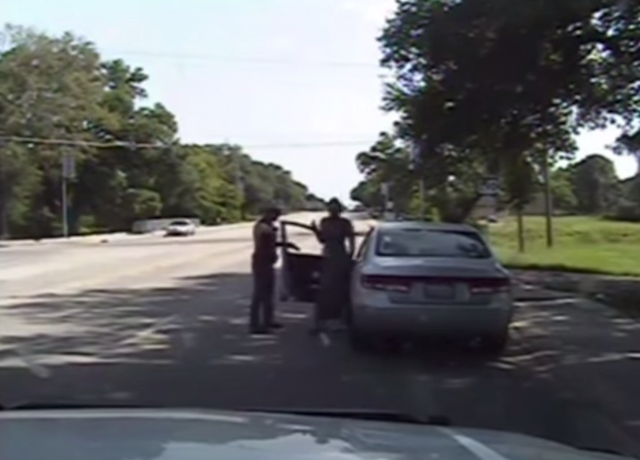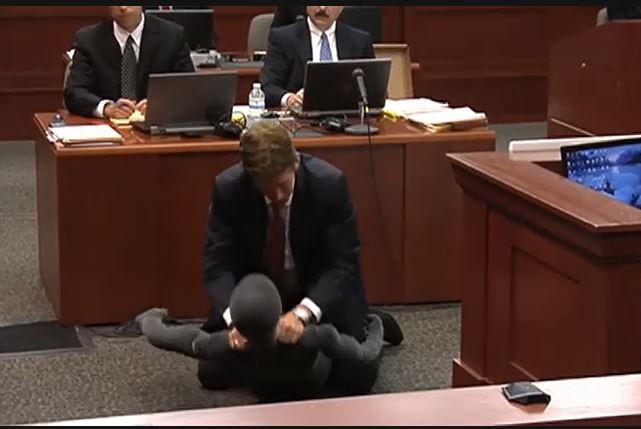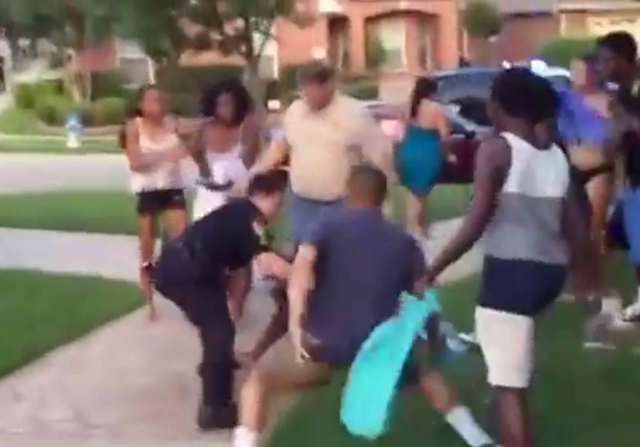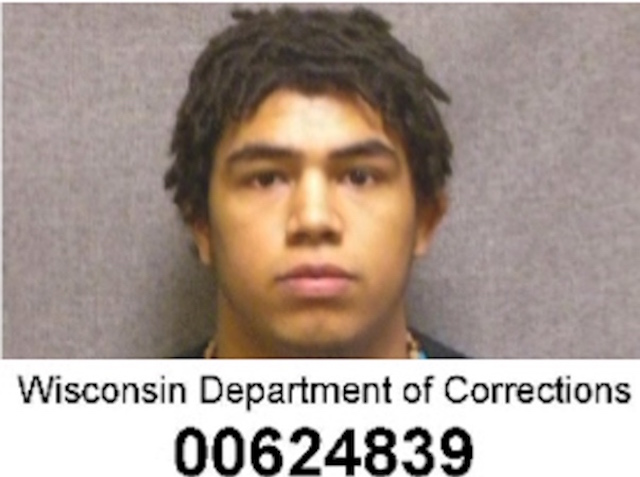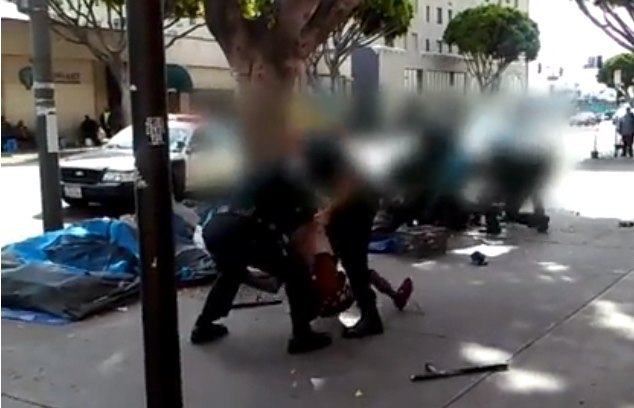Just Published “The Law of Self Defense, 3rd Ed.” #1 at Amazon
on May 10, 2016
18 Comments
I know many of you have been wondering where the heck I've run off to from the pages of Legal Insurrection, so I want to immediately dispel the most common rumor: No, Professor Jacobson and I have not broken up. :-)
More seriously, the reason for my absence has been that I've been hard at work finishing the thoroughly updated newest edition of my book, "The Law of Self Defense, 3rd Edition," which I'm proud to announce published last week. Further, I learned this morning that we've already achieved the number one position in Criminal Law new releases at Amazon.com, at that we're #6 in the Criminal Law category overall. And today we also became #1 in the Hunting & Shooting category at Amazon.

